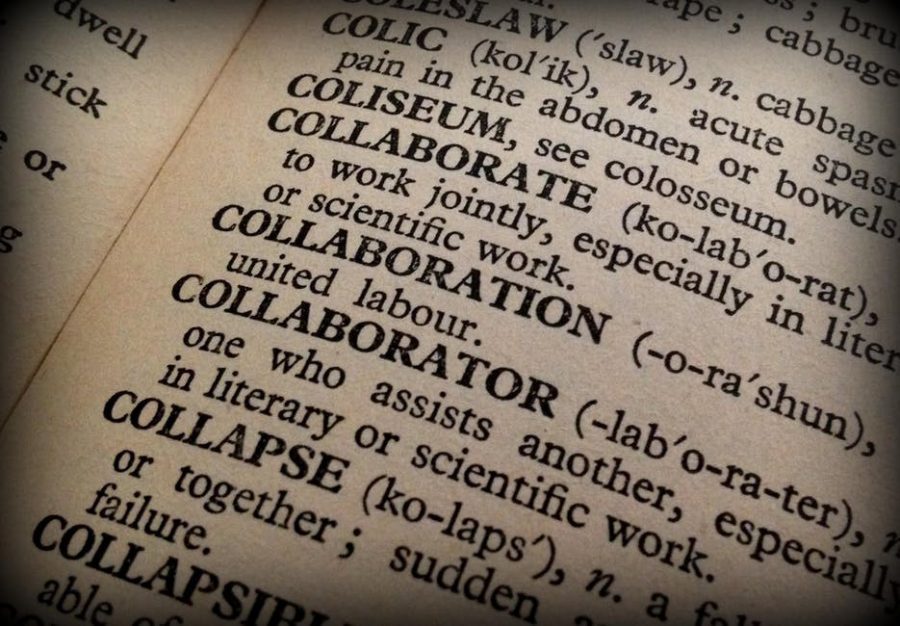Library spaces waste of funds
The administration, faculty and alumni have welcomed the creation of the Teaching, Learning and Research Collaboratory. However, its limited uses and inaccessibility to students make it a space that most will pass by without using it.
“The Collaboratory … has been among the first steps in turning the Hege Library into an academic commons for the College,” said President Jane Fernandes in the opening ceremony of the Collaboratory on March 26.
“New integrated learning spaces will advance teaching, learning and research, bringing faculty, students, librarians, technologists and academic support professionals together to create a real synergy to catalyze energy and interdisciplinary activity.”
Synergy and catalyze are just some of the many buzzwords that surround the recently opened Collaboratory, hosted on the upper floor of the Hege Library. These largely hollow phrases boil down to this: it’s a new space that people can use to work together.
The Collaboratory consists of two rooms: an experimental classroom and a collaboration lab. These spaces have a contemporary design, modern furniture, monitors and mobile mediascapes similar to the televisions in the Hubs. The area also features Thread technology, which allows easily accessible electrical connections.
This is all good. However, there is one major drawback. To my dismay and to the dismay of most students, they cannot utilize the Collaboratory other than being part of a course that uses the experimental classroom. This severely restricts the benefits of the space and will limit its overall usage.
Suzanne Bartels, director of Hege Library and learning technologies, spoke about the purpose behind the recent renovations.
“The way in which we learn has evolved,” said Bartels.
“Our 21st century teachers, learners and scholars have managed the potential of the digital age, experiencing libraries very differently than they did in the past, in new and engaging ways, and in the spirit of community.”
This is true. Unlike my parents and generations before me, I seldom check out books in the library or do my research using physical copies of books or journals. Instead, I prefer to use the internet, eBooks and online journals. My learning is much more centered around my computer and the web.
However, I cannot see how the Collaboratory achieves the goal of bringing the library to the modern era or assisting my learning style. It is not anything more than a space with some relatively high-tech features and a few modern furnishings. Furthermore, one can achieve its goal of collaboration in a regular conference room or classroom.
Despite being unremarkable, the space has already seen some use. One example of how the room has been used was the planning of “The Digital Silk Road,” a project which created an online map of the destinations visited by Guilford students in other countries, especially China.
“We … have witnessed tremendous creativity by our students,” said Fernandes.
“One tremendous example — our ‘Digital Silk Road’ project — is noteworthy in its creativity and emphasis on critical aspects of collaboration and teaching process. The Collaboratory is a space that (has) … allowed our students and faculty to envision and implement this course.”
In addition, it is the setting of the Innovations, Dreams, Edifications, Aspirations Incubator. According to the Guilford website, it is a program that is used by faculty, staff and students “to gather to brainstorm and discuss ideas based on a prescheduled topic.”
Again, in both of these cases, while the Collaboratory may assist in the goal of the program, it is by no means necessary. I believe the same could be completed elsewhere.
Overall, the Collaboratory has its benefits, but it does not live up to its hype and is not an integral part of the Hege Library.









